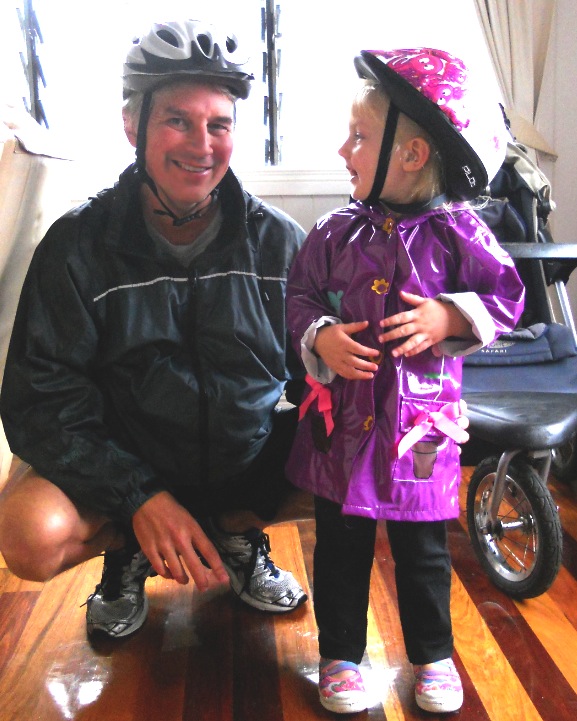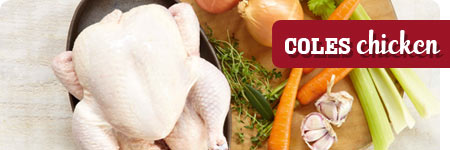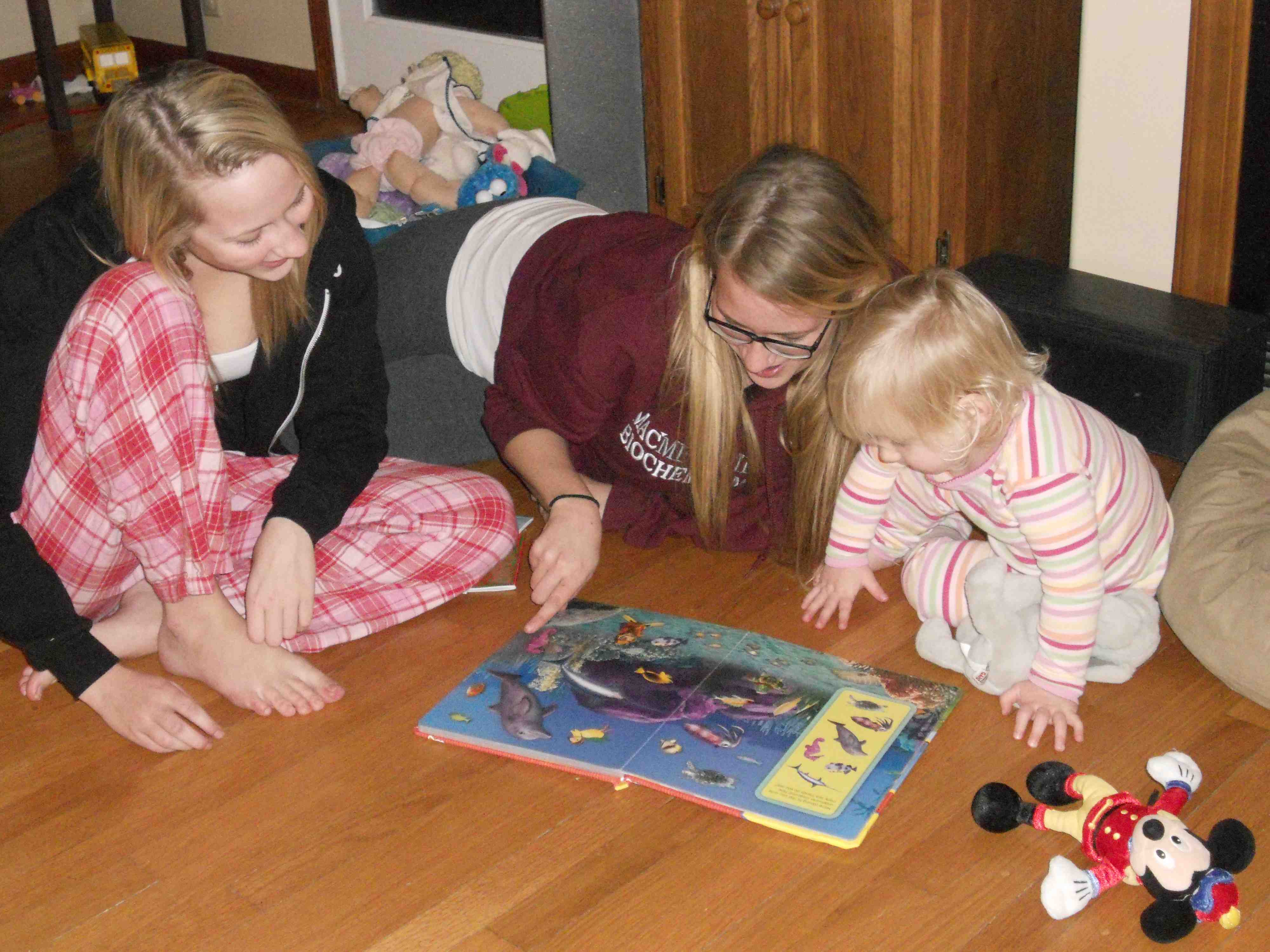Last May, it was reported that 195 of the 580 people served Easter Brunch at Luciano’s Cotton Club in Worcester, Mass. were struck by norovirus contracted from a sick employee, and the incident was chronicled on Yelp and a food safety site called barfblog.com.
“I would really drive home the point that they had a problem, investigated to determine what it is, and outlined a plan for what we’re going to do from now on,” said Gregory Charland, founder and chief executive officer of Charland Technology, a Hubbardston-based company offering a wide range of technology services. “Organizations should use problems like that to really do some soul  searching and figure out how and why this happened. The overriding concept to underline is that they are never going to have their name in the news about this again.”
searching and figure out how and why this happened. The overriding concept to underline is that they are never going to have their name in the news about this again.”
(Hint, and it’s in the blog post: don’t let sick employees work, even at an Easter buffet).
Alex Barbosa, the restaurant’s manager, declined comment.
That’s one anecdote in a story about on-line reviewing, which some love and some hate.
Alec Lopez dislikes consumer-driven review websites like Yelp, TripAdvisor and UrbanSpoon.
The owner of Armsby Abey in Worcester, Mass. said, “I don’t read reviews often,” Mr. Lopez said. “I hate Yelp because it’s an unanswered forum for people to bitch. I feel like it’s a green light to voice your opinion without consequences.”
Worcester native Andrew Chandler, a 29-year-old medical student at the University of Massachusetts Medical School, had an unpleasant dining experience at Armsby Abbey, and chronicled it on Yelp.
“I was really sad to have done it, but I think that when a place isn’t responsive or accommodating, people should know about it. I was hoping Armsby Abbey would read it and respond. I think it goes a long way if a manager explains what the circumstances were, and how they’ll prevent the problem from happening again. Today, online reviews can make or break a customer’s decision.”
In September, Harvard Business School professor Michael Luca released research that found a one-star rating increase on Yelp directly led to a 5 percent to 9 percent boost in revenue for independent restaurants, with comparable projections for independents in other industries. Despite the growing influence of Yelp and similar websites, business owners like Mr. Lopez continue to ignore — or worse, incorrectly address — negative feedback when it comes in the form of an online review.
With 61 million monthly visitors and 22 million reviews online by the end of the third quarter last year, Yelp is the most popular online review destination for everything from dentists to dieticians. Yelp’s popularity is proof that consumers trust reviews written by the average Joe, and enjoy contributing their own 2 cents.
Wilson Wang, chef and owner of Baba Sushi in Worcester, said he checks online reviews of his restaurant “all the time,” monitoring what diners like — and don’t like.
Mr. Wang, whose customers’ reviews currently rank Baba Sushi 4.5 out of 5 stars on Yelp.com, said he doesn’t respond personally to people’s comments but rather sees such reviews “as a mirror” to reveal what could be done better. “We are on the high level and we are really proud,” he said last week.
Yelp and websites like it open the door for independent businesses with limited marketing budgets, giving them an opportunity to advertise through old-fashioned word of mouth in a high-tech world. They offer a safety net to consumers who, with a few keystrokes, can be reassured that trying something new — rather than falling back on the reliability of a chain — won’t be a waste of their money.
“Every time I’ve given a negative review and gotten some sort of constructive, non-judgmental response, I’ve made it a point to go back to whatever business it was and give them a clean slate,” said Amy Jamieson, a 42-year-old Yelp user and homemaker from Worcester. “If they’re willing to try again, so am I.”

 bites.ksu.edu
bites.ksu.edu Publications
Publications .jpg) my departmental colleagues — we don’t really know what Powell does.
my departmental colleagues — we don’t really know what Powell does. with public stakeholders and enhance their engagement with interested individuals, groups, and subject matter experts.
with public stakeholders and enhance their engagement with interested individuals, groups, and subject matter experts. Saturday Night).
Saturday Night). telling her brother in the movie, "don’t worry, someday you’ll be cool").
telling her brother in the movie, "don’t worry, someday you’ll be cool").
 controls and benefits, from farm-to-fork.
controls and benefits, from farm-to-fork. illness outbreak; discussion of background knowledge of a pathogen (including symptoms, etiology and transmission); food handler control practices; and emerging food safety issues. Food safety infosheets also contain evidence-based prescriptive information to prevent or mitigate foodborne illness related to food handling.
illness outbreak; discussion of background knowledge of a pathogen (including symptoms, etiology and transmission); food handler control practices; and emerging food safety issues. Food safety infosheets also contain evidence-based prescriptive information to prevent or mitigate foodborne illness related to food handling..jpg) book. His cv is available at
book. His cv is available at  Question everything.
Question everything.
 the food sits on the floor does not change the risk.”
the food sits on the floor does not change the risk.” while at Glenelg beach with her husband and two grandchildren.
while at Glenelg beach with her husband and two grandchildren. and, will be a graduate of biomedical sciences in the veterinary college at Kansas State University. As soon as we turn in the paperwork.
and, will be a graduate of biomedical sciences in the veterinary college at Kansas State University. As soon as we turn in the paperwork. food safety is pretty good. But when someone screws up, it’s pretty bad."
food safety is pretty good. But when someone screws up, it’s pretty bad."